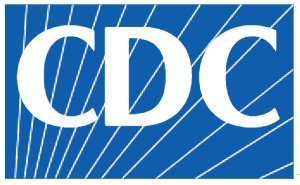Patient and Family Blog Stories
Stories from Our Patient and Family Blog
What's in My Vaccines?
Antigens cause an immune response but CAN’T cause the disease. Antigens can be:
- A weak live virus (measles, mumps, rubella, varicella
- A killed virus (polio, hepatitis A, flu) or partial viruses (hepatitis B and HPV)
- A killed bacteria (Hib, pneumonia, meningococcal, diphtheria, tetanus and pertussis)
Very TINY amounts of:
- Aluminum salts help your body make a better immune response to the vaccine. Your child has already been exposed to aluminum through our food, air and water (including breast milk and formula).
- Formaldehyde is used to inactivate contents of some vaccines. Formaldehyde is also in household items like paper towels, mascara and carpets. We have higher levels of formaldehyde in our bloodstream than the level found in vaccines.
- Antibiotics in some vaccines to prevent bacteria from getting into the vaccine when it is made.
- Egg protein is in the flu vaccine. It is still safe to get a flu vaccine unless your child has a severe egg allergy.
- Gelatin is in some vaccines to protect them against freeze-drying or heat.
Vaccines & Immunizations Information
The Centers for Disease Control and Prevention (CDC) provides vaccine and immunization information for parents and healthcare providers. Cincinnati Children's urges you to refer to the CDC Vaccines & Immunizations website for the latest information.
Visit Website













